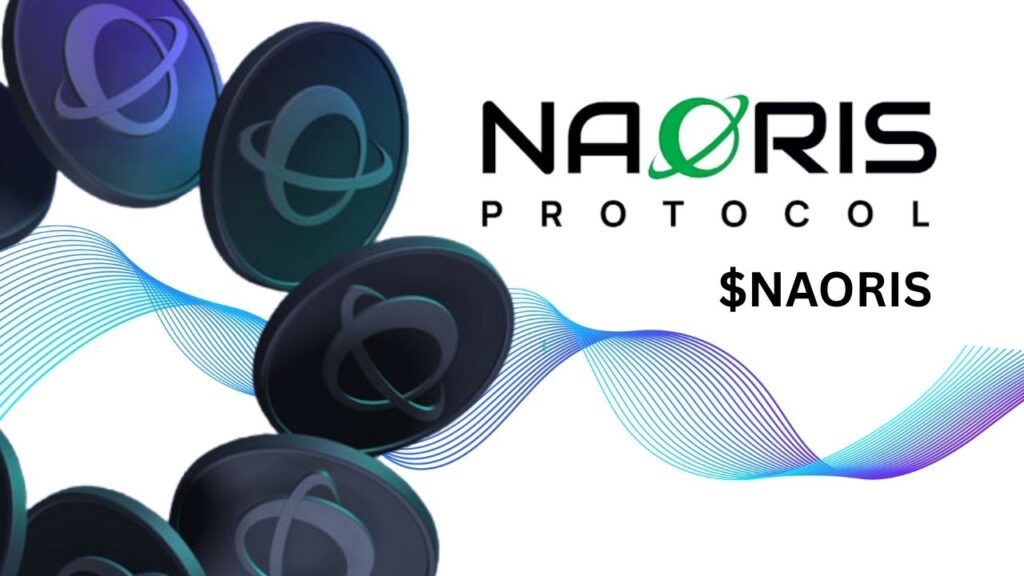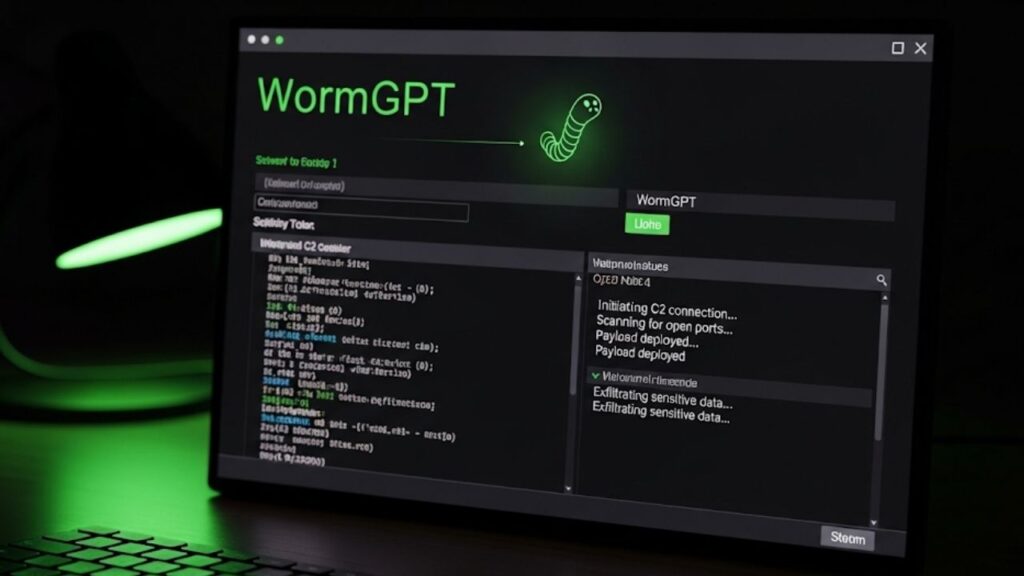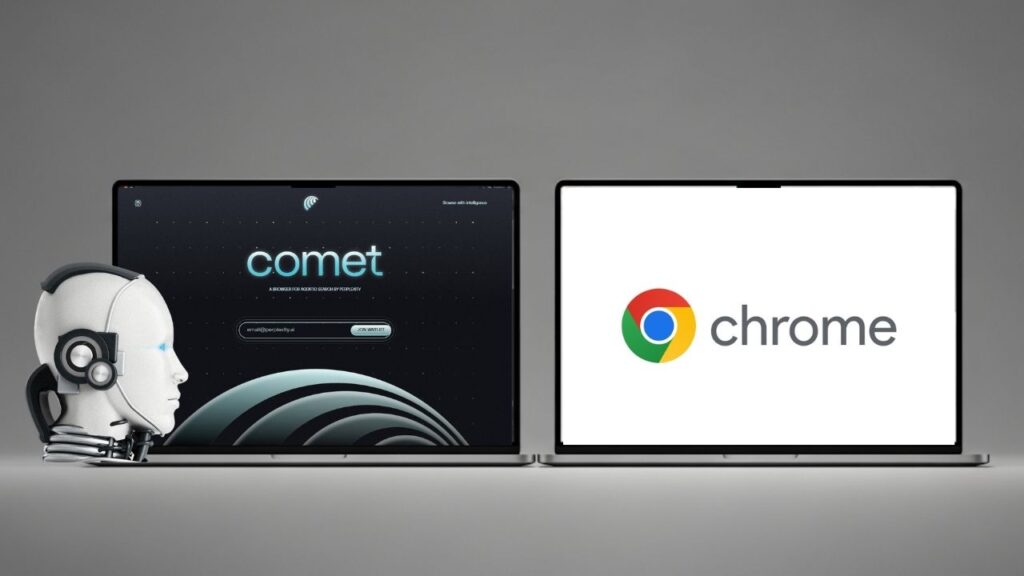Meta escalates AI talent war with OpenAI—this headline has defined the tech world in 2025, transforming the landscape of innovation, employment, and the future of artificial intelligence (AI). Whether you’re a kid fascinated by robots or a seasoned professional planning your career, the stakes couldn’t be higher: the most powerful companies are locked in an all-out competition to secure the brightest AI minds.
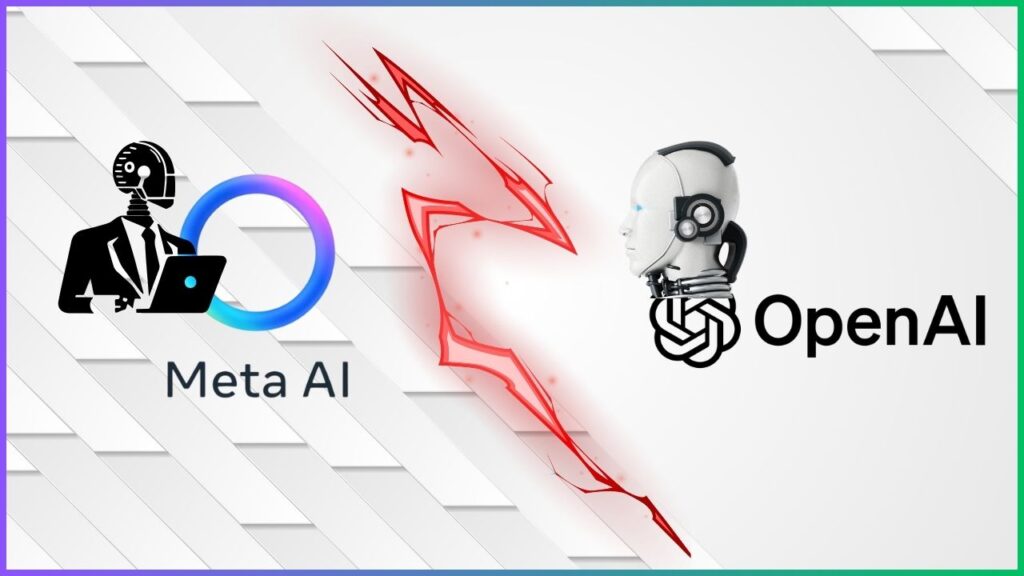
They are not just hiring engineers; they are investing billions, breaking records in compensation, and creating blueprints for the next generation of technology—and jobs. This article will explore the AI talent war in detail, offering insights, practical guidance, and clear examples to help everyone understand why this matters and how to stay relevant in a rapidly changing world.
Table of Contents
Meta Escalates AI Talent War With OpenAI
| Topic | Details & Data (2025) | Career Insights |
|---|---|---|
| Who’s Hiring Whom? | Meta poaches OpenAI’s top researchers, including ChatGPT co-creator | AI PhDs, ML specialists in highest demand |
| Compensation | Up to $300M over 4 years; $100M signing bonuses for rare “10,000x” researchers | Mid-level avg salary: $440K base + $1M+ total comp |
| Market Impact | Meta’s AI infrastructure budget $65B; Scale AI acquisition $15B; global talent hires up 12% | Automation displaces non-AI roles; AI HR systems grow |
| Big Moves | Meta acquires Scale AI for $14B; hires from Apple, DeepMind, xAI alumni | Acqui-hires: targeted team takeovers |
| Retention Pressure | Meta retention: 64% over 2 years; OpenAI: 67%; Anthropic: 80% | Loyalty, mission focus as retention tools |
| Open Source vs Proprietary | Meta promotes open-source (Llama series); OpenAI opts for proprietary models | Researcher preference splits by philosophy |
The escalating battle between Meta and OpenAI for top AI talent is reshaping technology and work itself. From historic pay packages and culture-driven retention to new hiring strategies like acqui-hiring, this war is about much more than money—it’s about who controls the future of artificial intelligence. Staying adaptable and proactive is key for anyone aiming to thrive in this AI-powered era.
What Is the AI Talent War? Explained Simply
Imagine a soccer league where only a few players worldwide can change the entire game. Now picture every top club trying to sign those players—offering private jets, mansions, and a say in team strategy. That’s what’s happening today, but with AI researchers instead of athletes.
Meta (owner of Facebook, Instagram, WhatsApp) and OpenAI (the creators of ChatGPT) are racing not just to build the coolest software but to hire the brains that might create Artificial General Intelligence (AGI)—machines that can think and learn like humans, or better.
Why This Matters to Everyone
- For Kids & Families: Tech jobs in AI didn’t exist 20 years ago. The way kids learn and work in the future will be shaped by this race.
- For Professionals: Roles in software, HR, and management are evolving. Learning AI basics can be critical for career growth.
- For Businesses: Tracking where talent goes helps predict tech trends and market leaders.
A Detailed Breakdown of the 2025 AI Talent War
1. Meta Turns Up the Heat: The Spending Spree
Meta has set off alarm bells by offering packages up to $300 million over four years to top researchers—the kind who invent breakthrough AI technologies. They have poached key figures from OpenAI, Apple, xAI, and DeepMind, placing many in their new “Superintelligence Lab,” an elite, secretive team focused on building next-level AI systems.
- Some researchers, described as “10,000x” engineers for their rare skills, have been offered signing bonuses as high as $100 million.
- Example: An AI PhD with expertise in reinforcement learning (teaching machines by trial and error) may receive multiple multimillion-dollar offers.
2. OpenAI’s Response: Loyalty and Mission Over Money
Faced with Meta’s financial muscle, OpenAI doubled down on mission-driven recruitment. It offers Profit Participation Units (PPUs), akin to equity stakes, incentivizing long-term commitment. CEO Sam Altman has publicly criticized Meta’s tactics as “crazy,” focusing instead on culture, impact, and legacy to retain talent.
- OpenAI’s retention rate for AI researchers is around 67% over two years, slightly ahead of Meta’s 64%.
- Practical example: Instead of pure salary offers, OpenAI promises a shared role in shaping the future of AI.
3. Acqui-Hires: A New Way to Grab Talent
Other tech giants compensate for smaller budgets by buying startups for their teams—a strategy known as acqui-hiring.
- Meta acquired Scale AI for $14 billion, gaining both the company and its CEO along with a top research team.
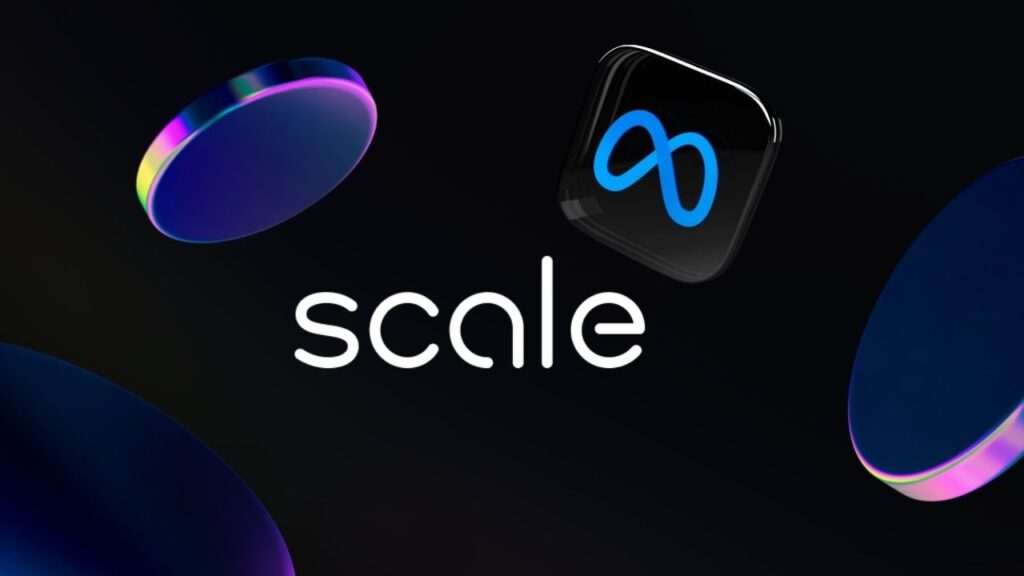
- Google bought Character.AI for $2 billion.
- Microsoft took over Inflection AI for $650 million.
4. Redefining Talent Value: Skyrocketing Salaries
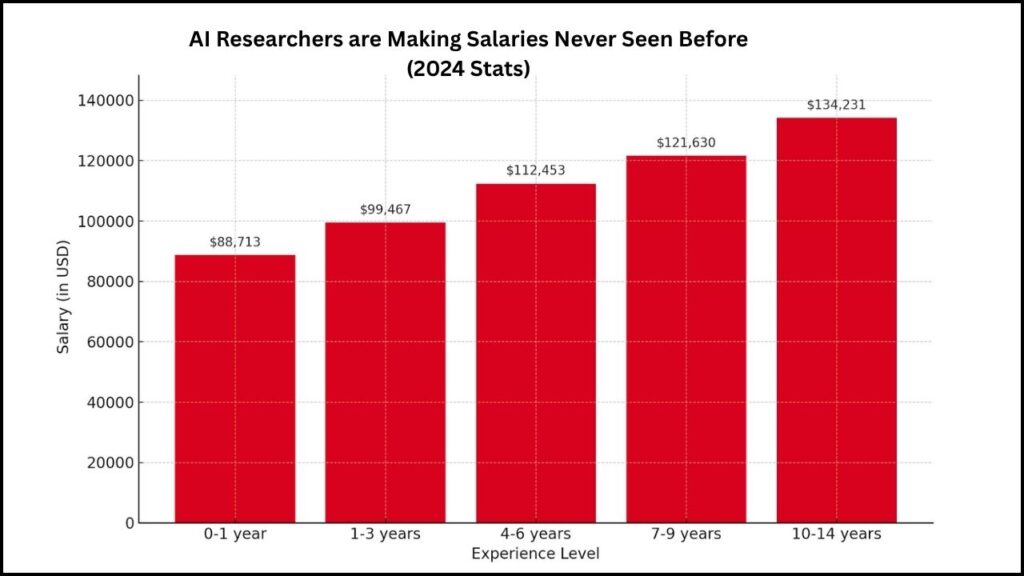
AI researchers are making salaries never seen before in tech:
- Annual compensation ranges from $1.5 million to $10 million or more.
- Rare superstars can earn packages worth nine figures, surpassing many corporate CEOs.
This surge is driven by scarcity: fewer than 1,000 top AI “frontier” researchers exist worldwide.
5. The Hard Truth: Layoffs and Changing Roles
The AI arms race isn’t only about hiring the best. Companies like Meta are laying off thousands of employees in roles not aligned with AI strategy, including HR, customer service, and traditional software engineering.
- Meta’s AI infrastructure investment is about $65 billion, with an additional $15 billion spent on strategic acquisitions.
- Upskilling in AI and data science is vital for anyone whose role might be automated.
Understanding the Philosophical Divide: Open Source vs. Proprietary Models
This battle also has a cultural aspect:
- Meta champions open-source AI (e.g., Llama models), drawing researchers who favor transparency and collaboration.
- OpenAI favors closed, proprietary systems aimed at commercial advantage, which appeals to those prioritizing rapid, controlled progress.
What Makes a 10,000x AI Researcher?
- Expertise in deep learning, reinforcement learning, AI safety, and model scaling.
- Often PhD holders from top institutions or equivalent industry breakthroughs.
- Pioneers in foundational AI innovations like Transformer architectures and advanced language models.
How to Ride the AI Wave: Career and Industry Advice
For Students & Early Professionals
- Start upskilling: free platforms like edX and Coursera offer AI and computer science courses.
- Participate in AI challenges (e.g., Kaggle) and contribute to open-source projects.
- Network with AI professionals on LinkedIn and attend conferences.
For Mid-Career Professionals
- Obtain certifications from Google, DeepLearning.AI, or Microsoft Azure.
- Learn about AI ethics, infrastructure, and cross-industry applications.
- Stay alert to AI impacts in your domain. Pivot or collaborate with AI teams.
For Businesses & Entrepreneurs
- Monitor AI talent flows to anticipate market shifts.
- Foster internal upskilling to keep teams competitive.
- Consider acquisitions or partnerships to secure expert teams.
- Embrace open-source collaboration to attract impact-driven talent.
Meta Oakley HSTN Smart Glasses: Your Complete, Expert Guide to Next-Gen Wearables in 2025
Figma’s New AI App Builder Is Live — Build a Functional App Without Writing a Line
Meta Launches New AGI Lab to Dominate the Future of Artificial Intelligence
FAQs About Meta Escalates AI Talent War With OpenAI
Q1: Why are AI researcher salaries so high?
A: Because their skills are scarce and breakthroughs can generate billions in value, these experts command exceptional pay.
Q2: Is AI replacing regular tech jobs?
A: Yes, routine tasks are increasingly automated, but high-demand AI, data, and interdisciplinary roles are growing.
Q3: How can I prepare for an AI-driven future?
A: Learn machine learning, data science, join open-source communities, and keep up with emerging AI platforms.
Q4: Who is winning the AI talent war?
A: Meta leads in spending and speed, OpenAI excels in culture and retention, and Anthropic shows strong researcher loyalty.
Q5: Where can I find quality AI courses and networks?
A: Explore Meta AI Careers, OpenAI resources, edX, Coursera, and Kaggle.


